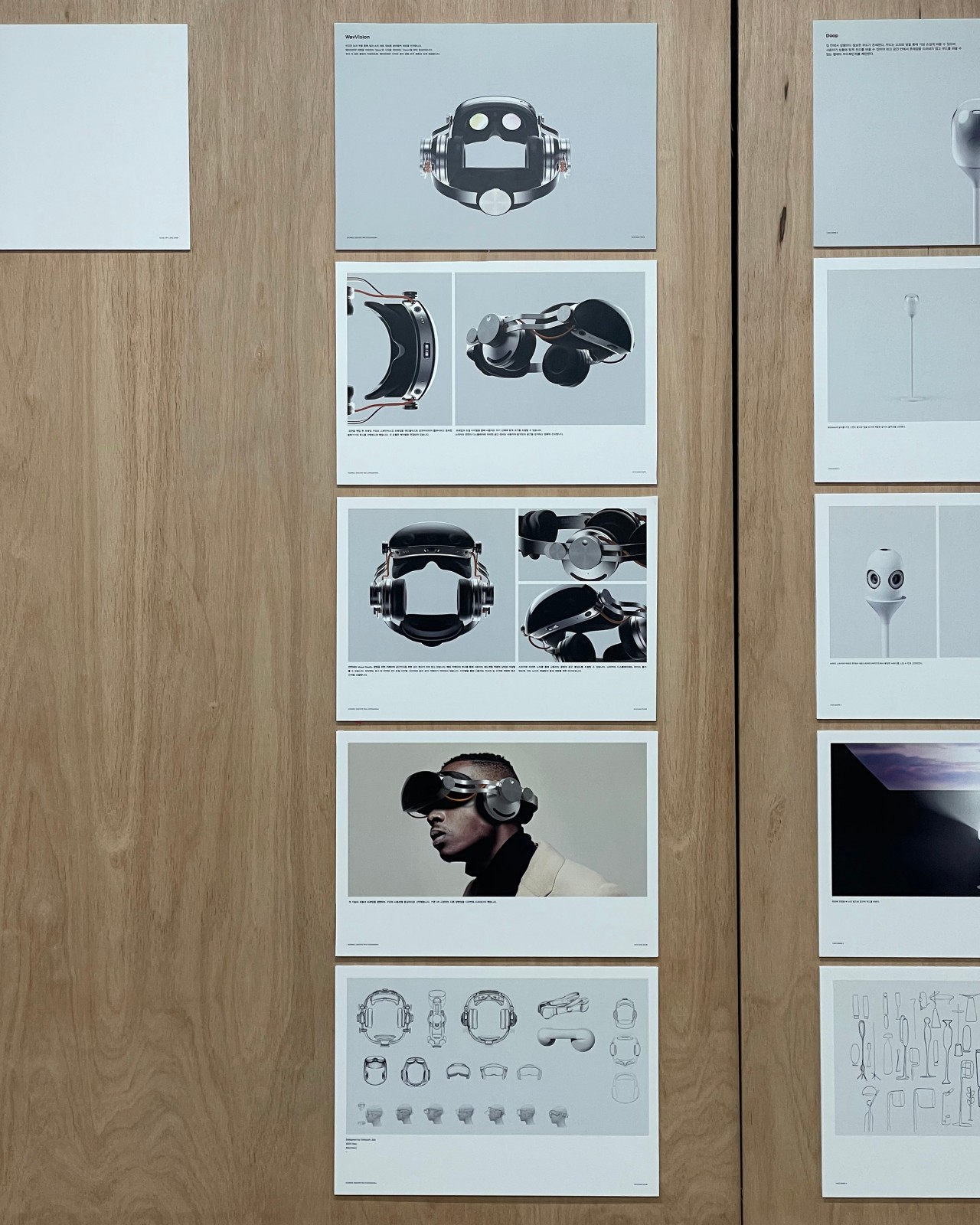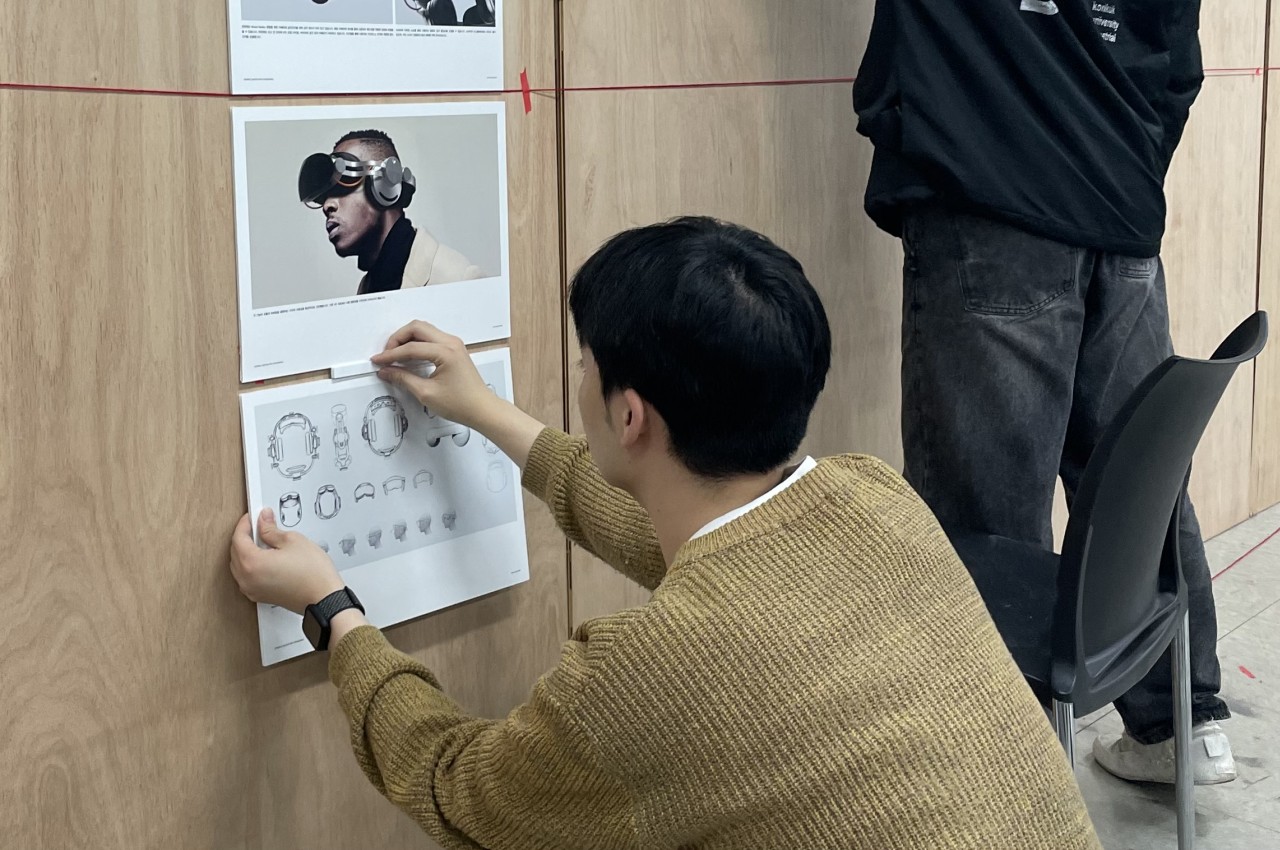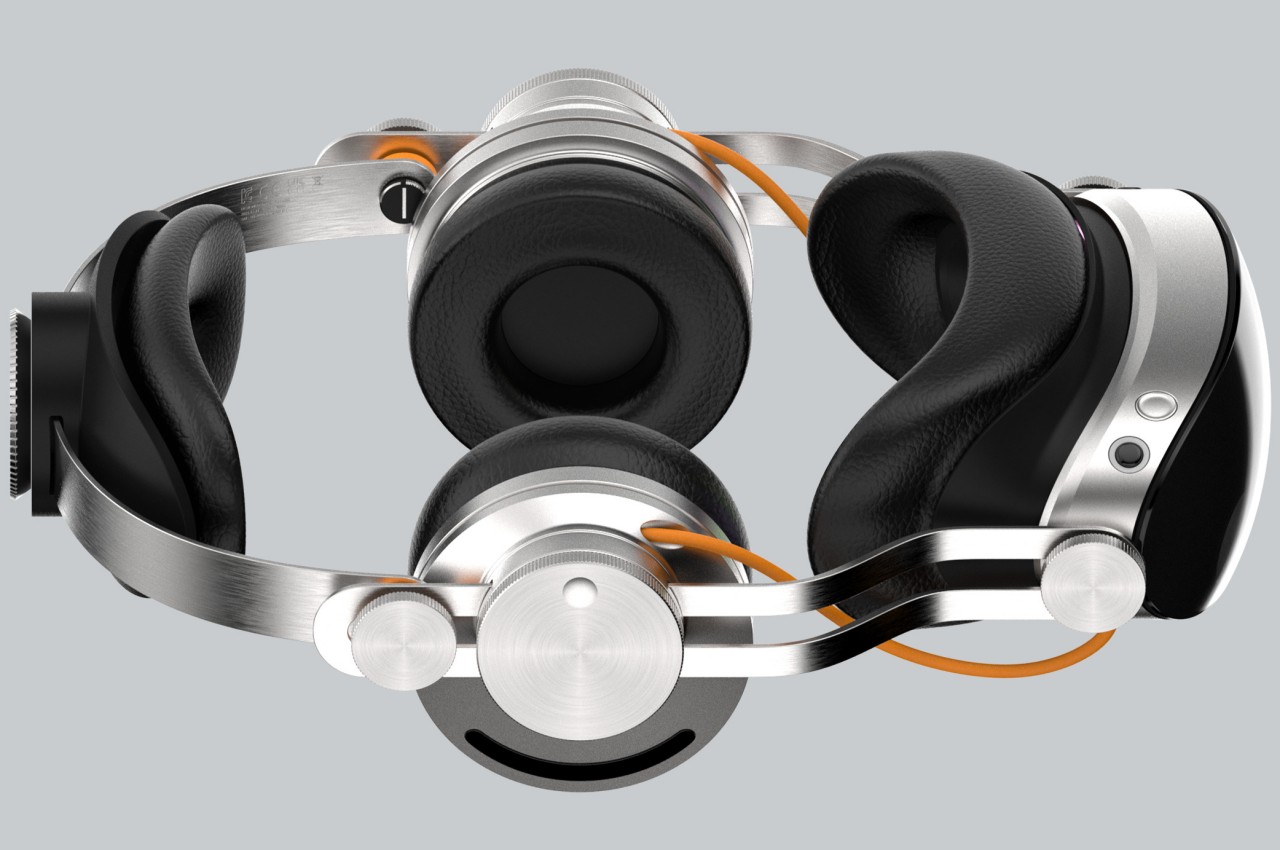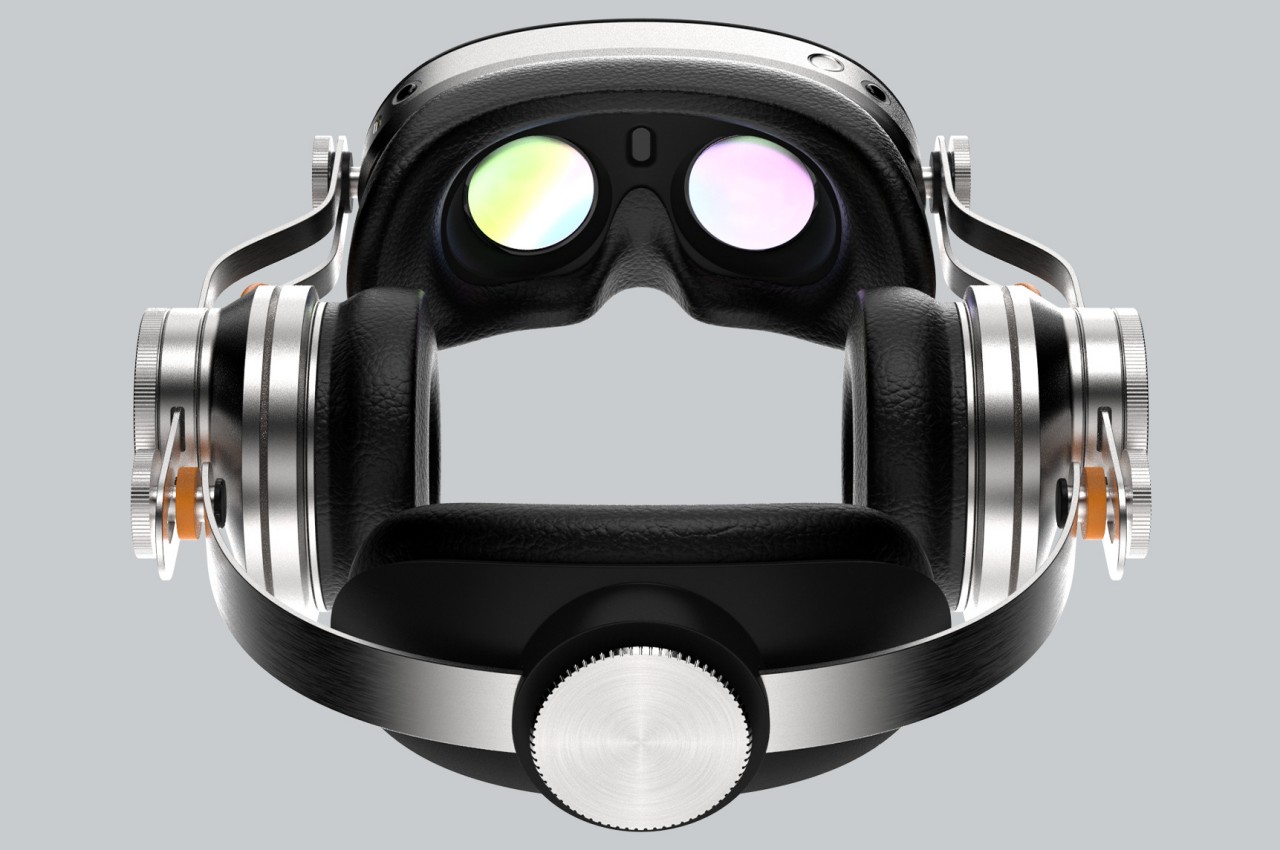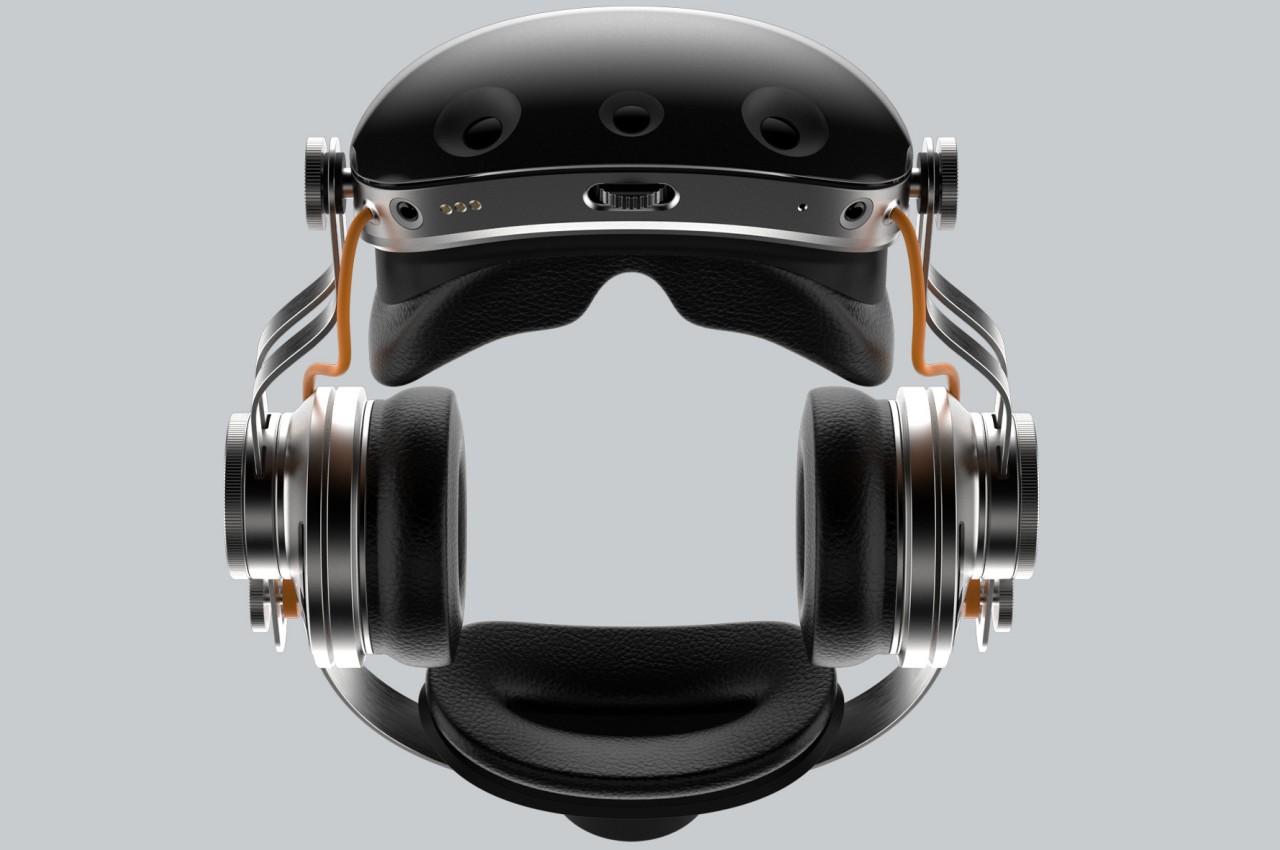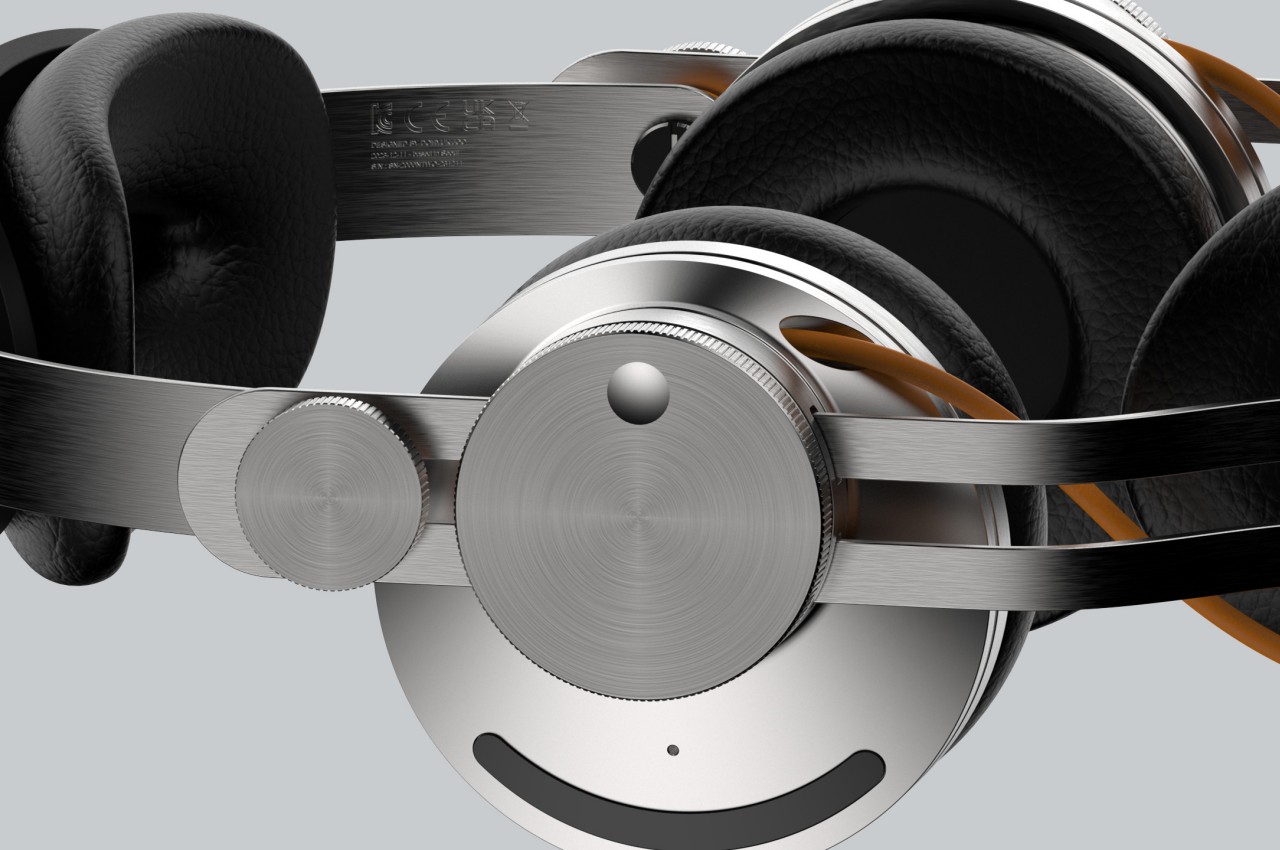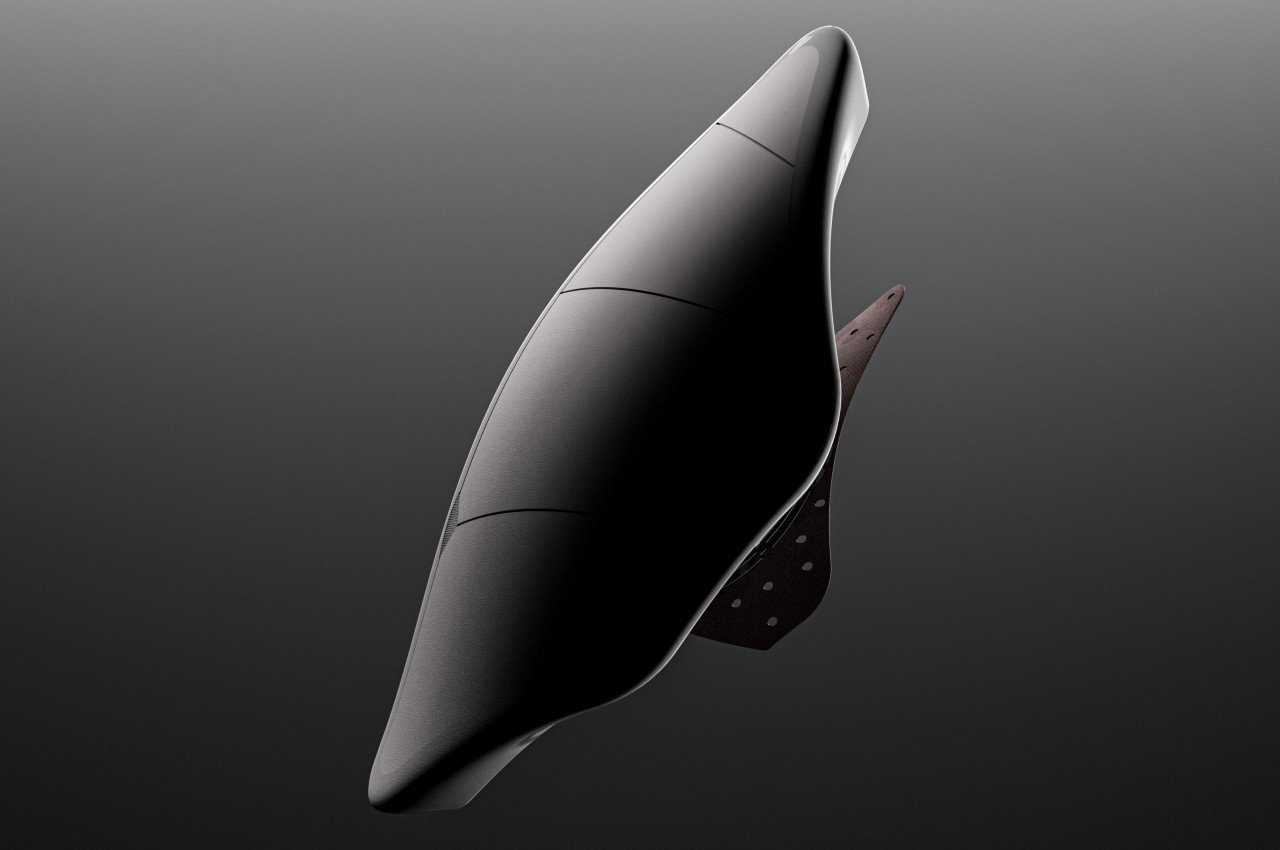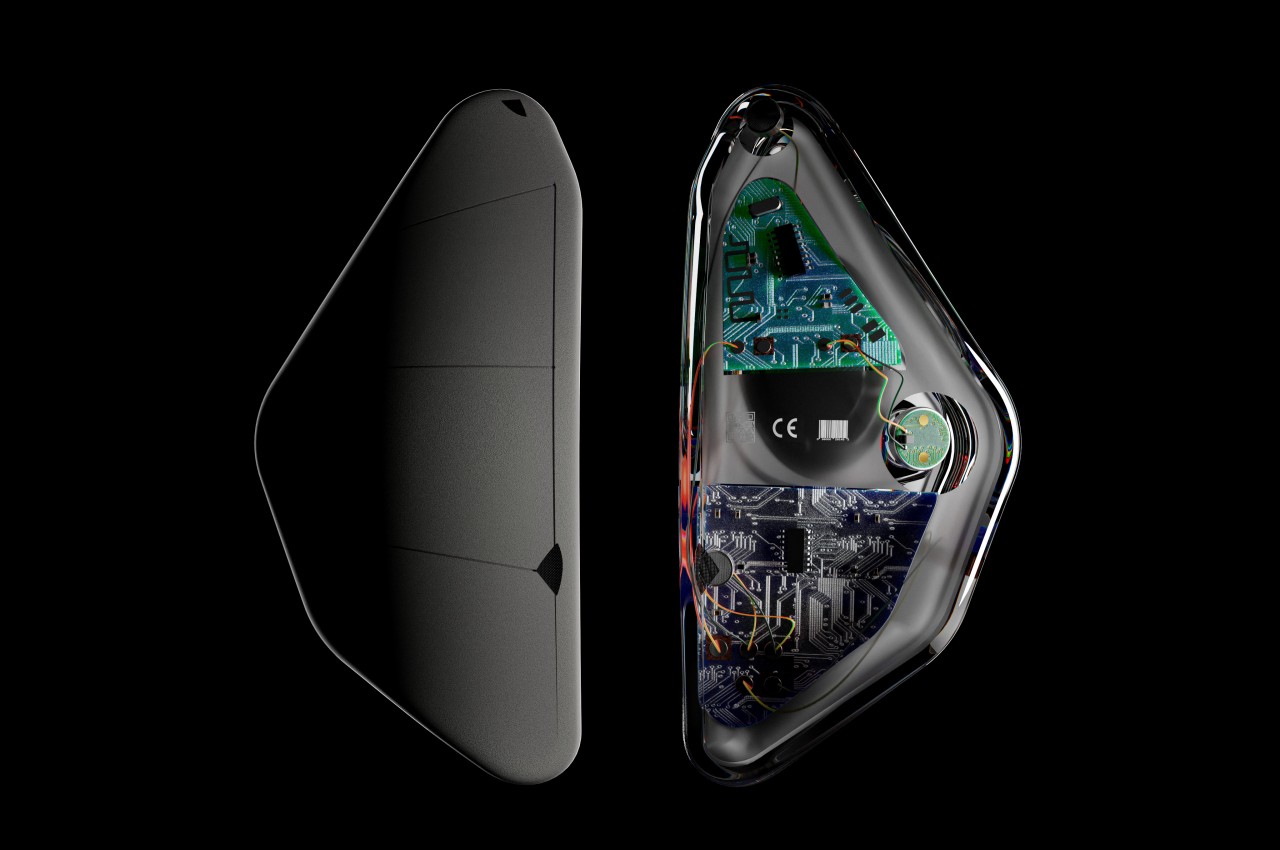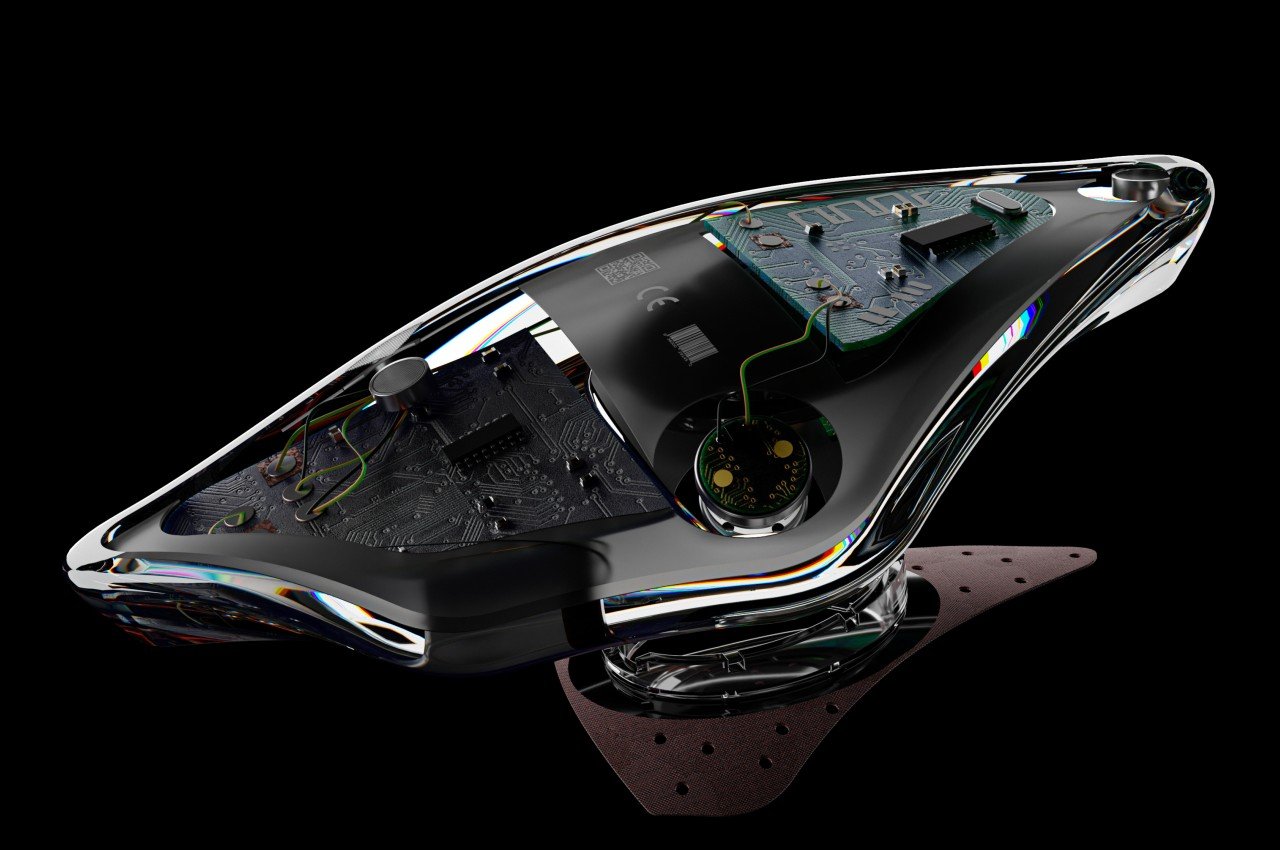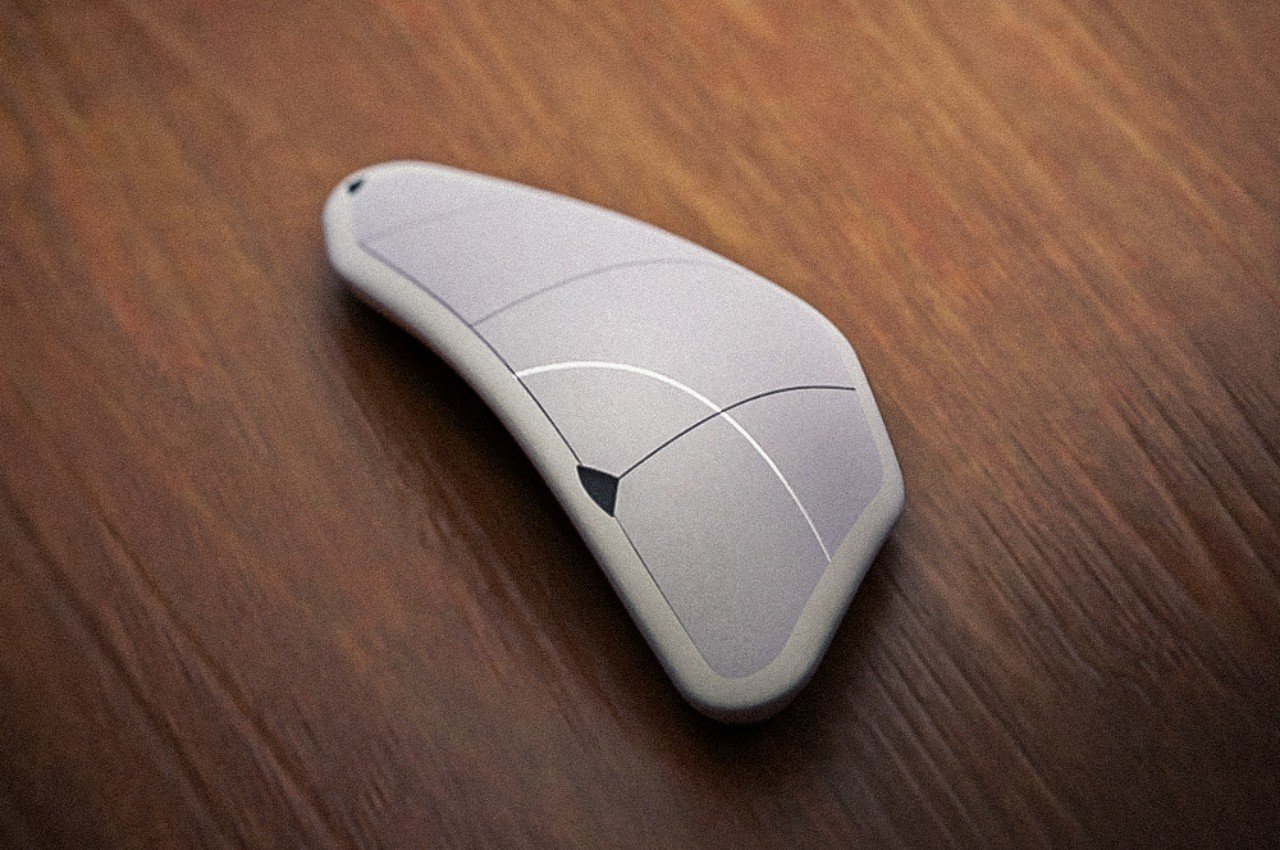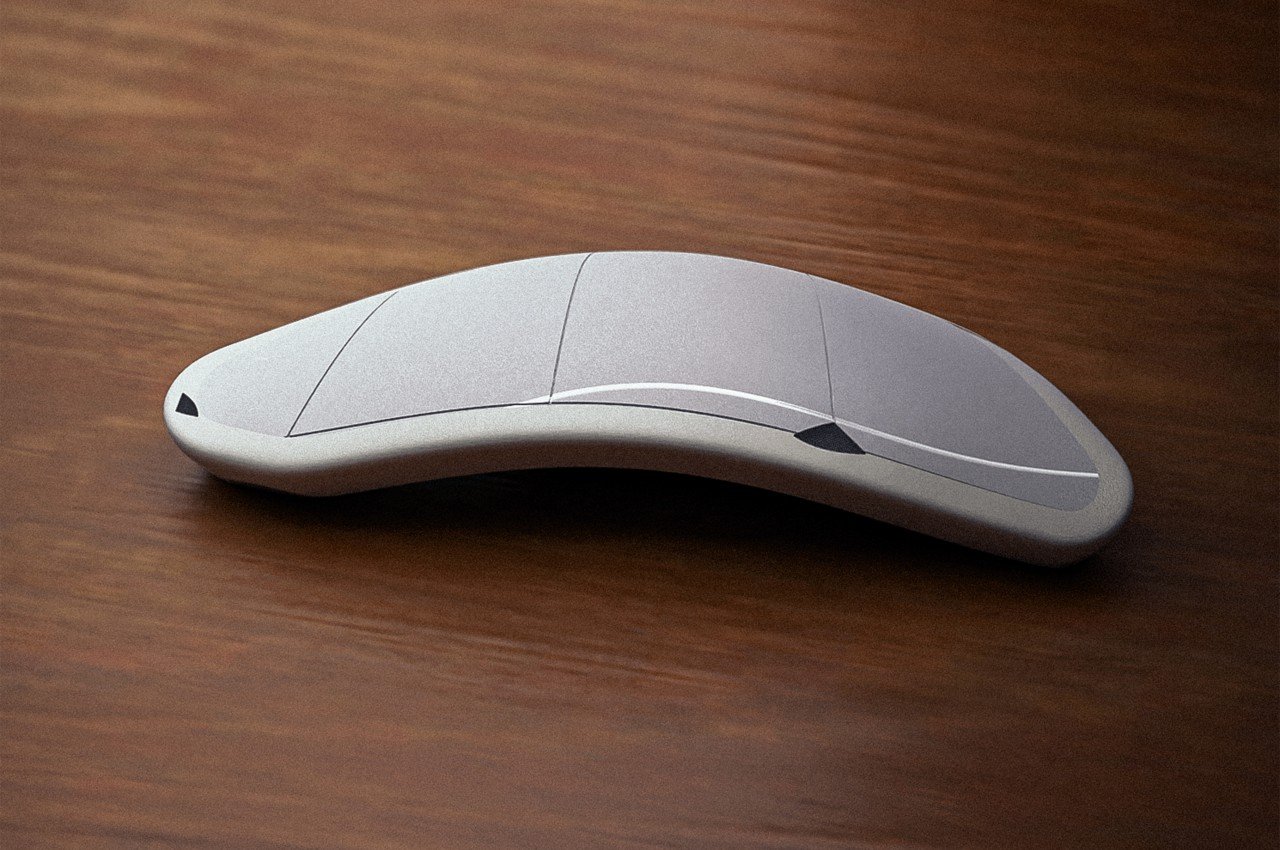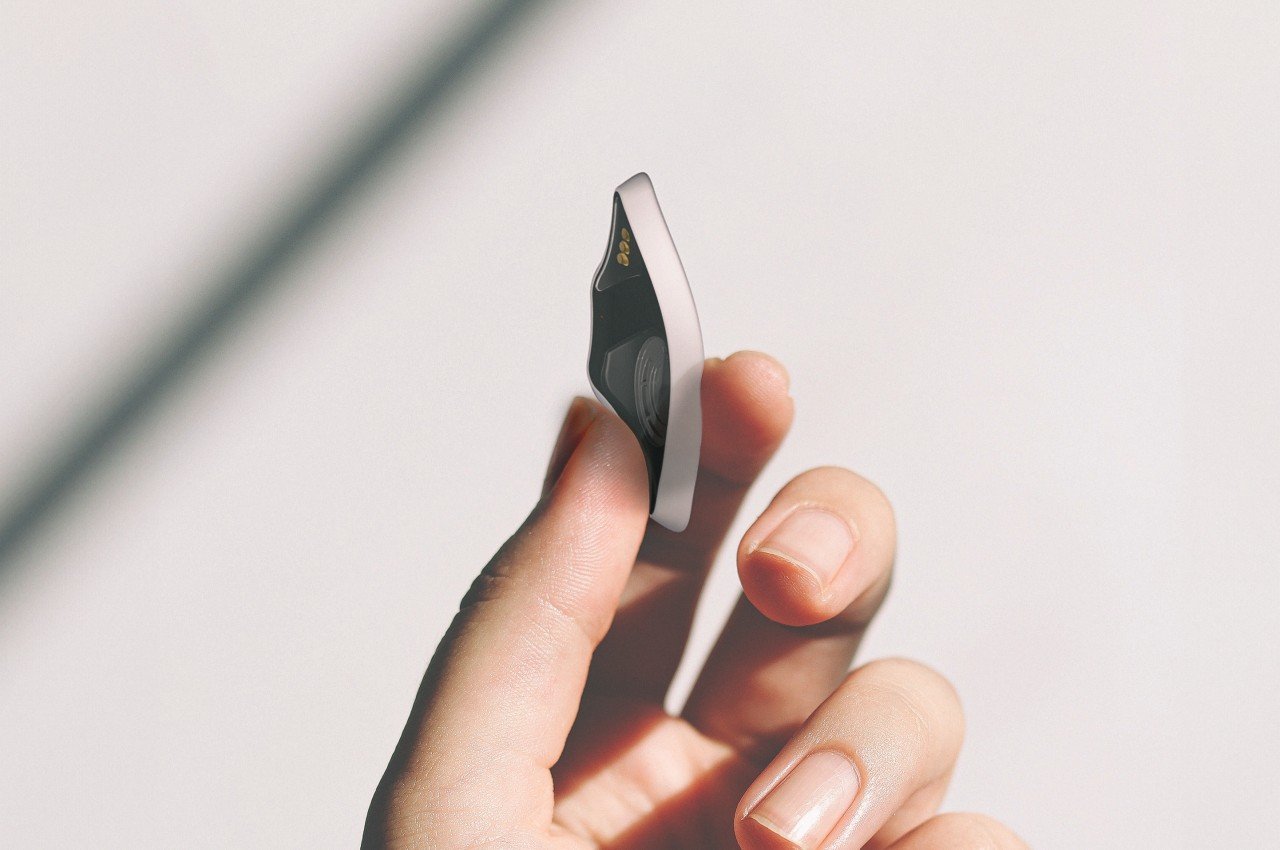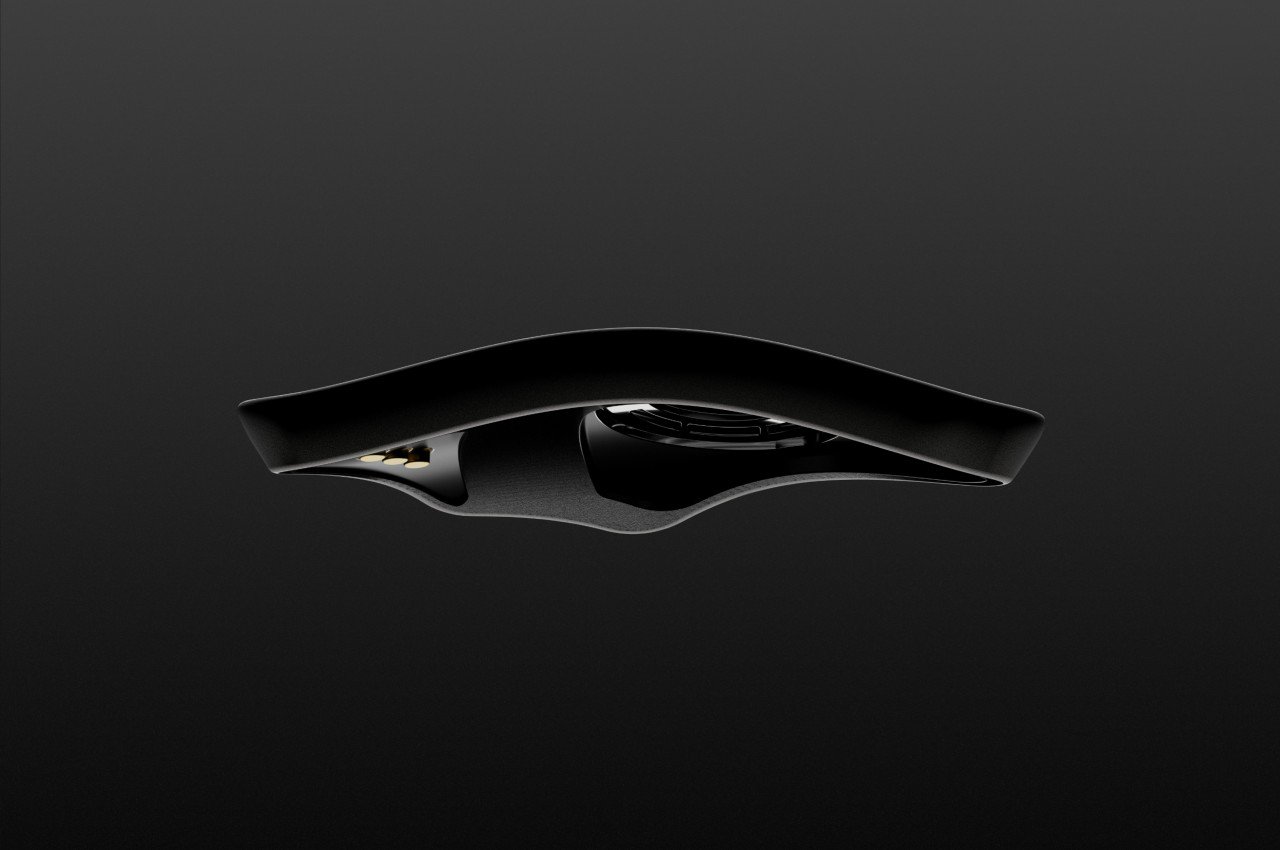It’s rarely a bad idea to have an extra controller on hand. Being able to switch to another gamepad when the battery runs out is always welcome, and you don't want to be caught short when a buddy wants to hop into a local multiplayer game with you. Being able to toss an extra controller and a phone clip into your bag for cloud gaming is useful too. So you may be pleased to find out that the official Xbox Wireless Controller is on sale. It’s down to $44 in its white, black and red variants, and it's available in other colorways for $49.
The price hasn’t quite hit the previous record low of $39, but it’s still a decent deal. The peripheral usually retails for $60.
The latest version of the controller is designed for the Xbox Series X/S. It retains the layout that Xbox fans have become used to over the last two decades. The face buttons and triggers are responsive and the joysticks are smooth. While it doesn’t have the adaptive triggers and immersive haptics of Sony’s PS5 gamepad, the Xbox Controller’s d-pad is clickier than the one on the DualSense.
The peripheral also pairs easily with Windows PC, phones and tablets via Bluetooth, while the dedicated Share button for capturing screenshots and gameplay clips is handy. One thing worth bearing in mind is that the Xbox controller runs on AA batteries. So, unless you want to be regularly swapping out batteries, it may be worth picking up a set of rechargeable AAs or a rechargeable battery pack.
Follow @EngadgetDeals on Twitter and subscribe to the Engadget Deals newsletter for the latest tech deals and buying advice.
This article originally appeared on Engadget at https://www.engadget.com/the-official-xbox-controller-is-on-sale-for-44-160020348.html?src=rss



